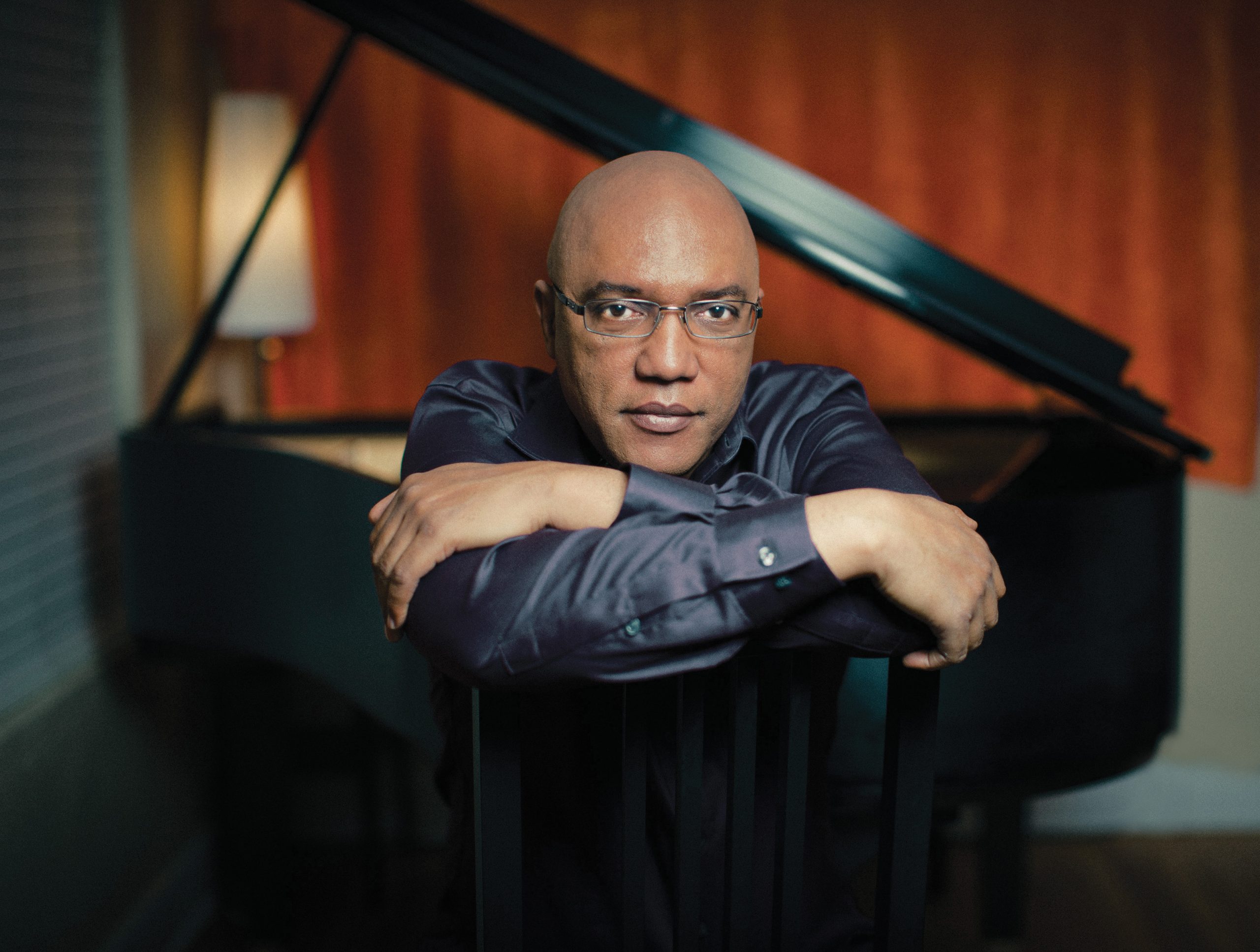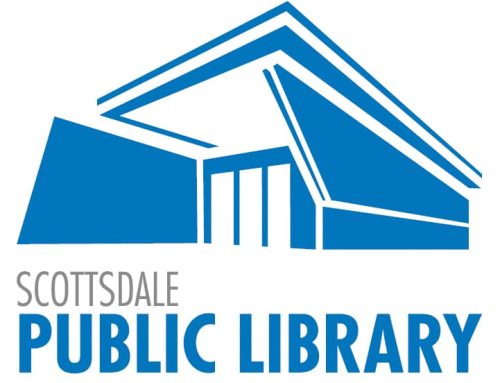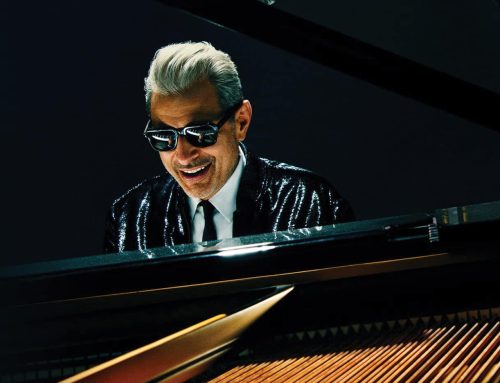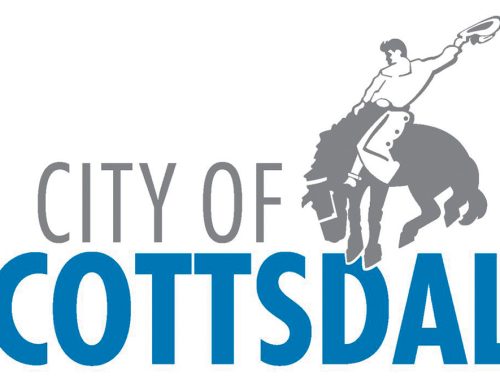Jazz pianist/composer Billy Childs remains one of the most diversely prolific and acclaimed artists working in music today.
His artistry moved The Los Angeles Times to write: “As a pianist, he possesses the improvisatory skills and powerful sense of swing one associates with world-class artists. … Childs is an inventive composer and arranger whose effort in those areas consistently expand the dimensions of the jazz genre — and beyond.”
Childs, who has won five Grammys among his 16 nominations, brings his acclaimed jazz quartet to beautiful new Ravenscroft Hall, 8445 E. Hartford Drive – just southeast of Loop 101 and Princess Drive in North Scottsdale, for a 7:30 p.m. May 21 concert, presented by Lakeshore Music.
Tickets, priced at $70, are available at theravenscroft.com. All seats are reserved.
“We are proud to be ending our 13th Lakeshore Music season with the great Billy Childs,” said Woody Wilson, founder, president and executive producer of Lakeshore Music. “We survived COVID-19 and made it through a very difficult time of transition. This wonderful show will illustrate the resilience of live jazz music and the performing arts.
“It is our reward for staying the course and giving our loyal patrons only the best.”
Childs was proficient at the piano by age 6. He was accepted in USC’s Community School For The Performing Arts at age 16, studying music theory and piano with some of the world’s most renowned musical scholars. He graduated from USC in 1979 with a degree in composition. Among Childs’ early influences were Herbie Hancock, Keith Emerson and Chick Corea. He also credits classical composers, such as Igor Stravinsk, with influencing his love of composition.
Childs released his first solo album, Take For Example, This… in 1988.
“As an artist, I think that ultimately the listener wants to be surprised with the truth, and also wants to feel, to experience,” Childs said. “The listener wants to be transported to look at life through a new lens. In my music, I try to remain focused on creating works that have depth, layers and a certain element of complexity.
“I try to create music that engenders ‘active’ listening. The type of listening where the mind/spirit of the listener is actively stimulated, by the music, to imagine environments and landscapes of his/her own invention. A sort of dialogue between the listener and the performance. A dance. I try not to pander to the listener. I don’t underestimate the intelligence, flexibility or openness of the listener by spoon feeding them easily digestible, one-dimensional music scientifically aimed at generating maximum popularity and financial gain. I want my music to be a healing force.”





